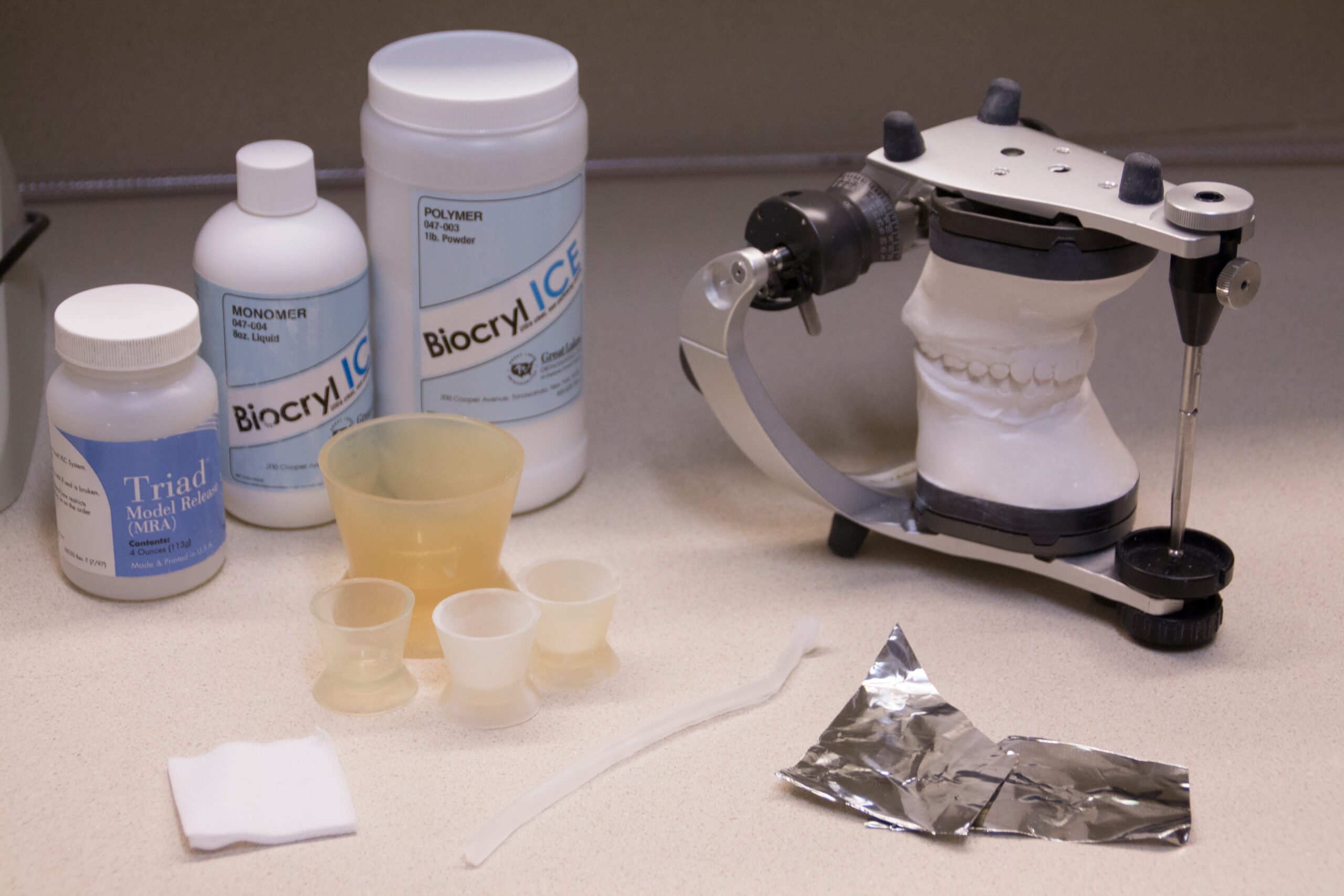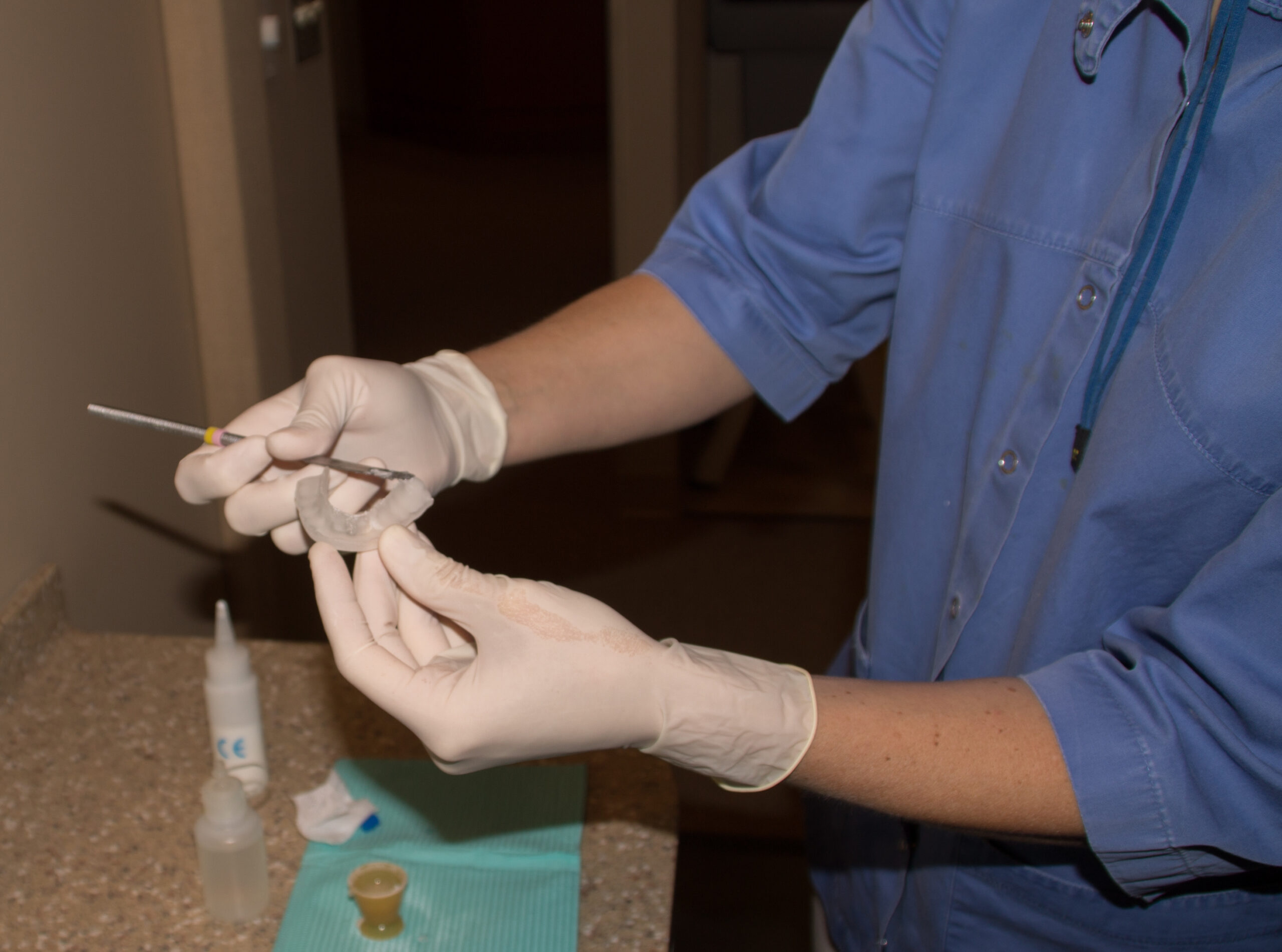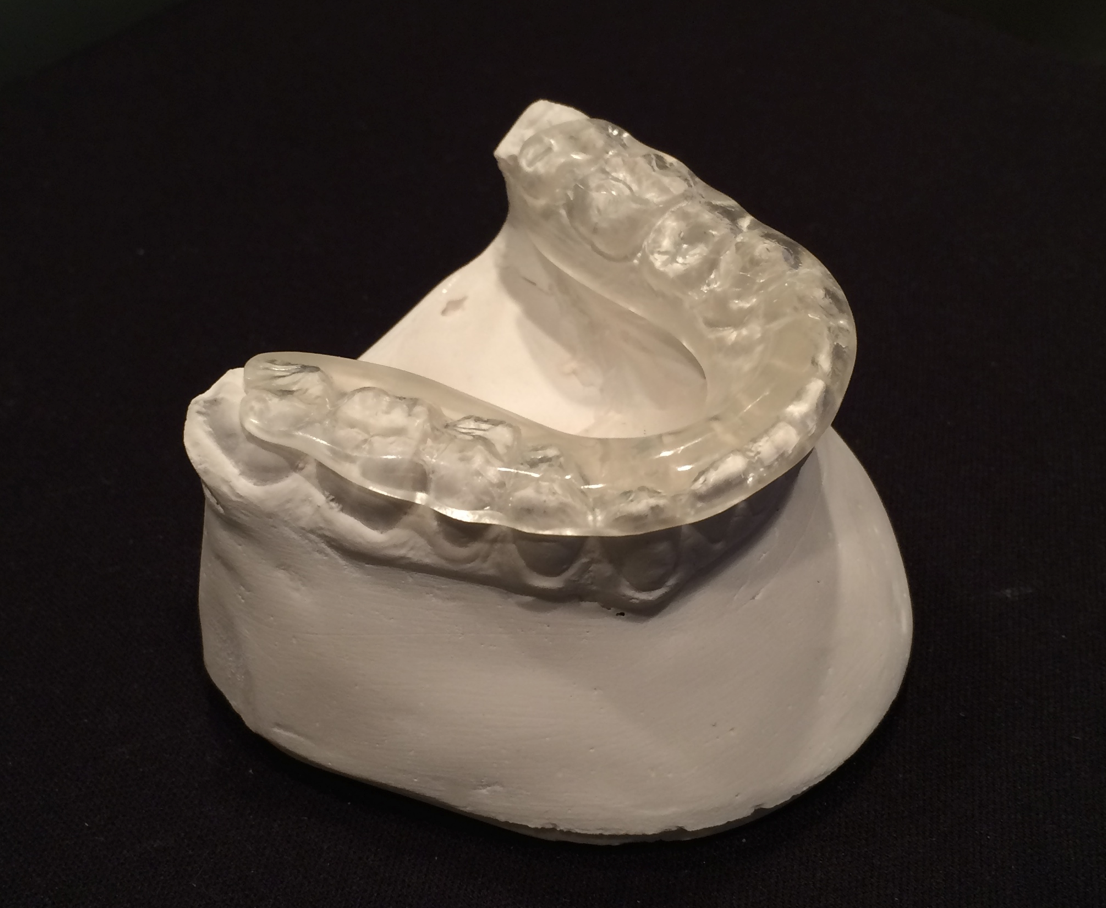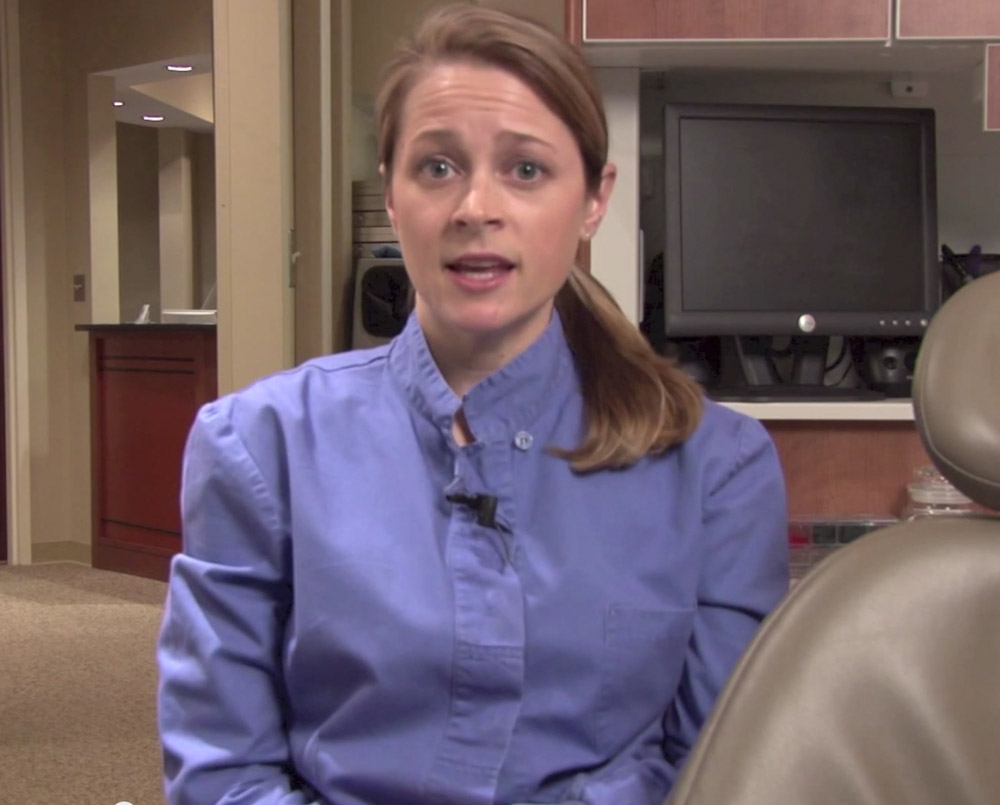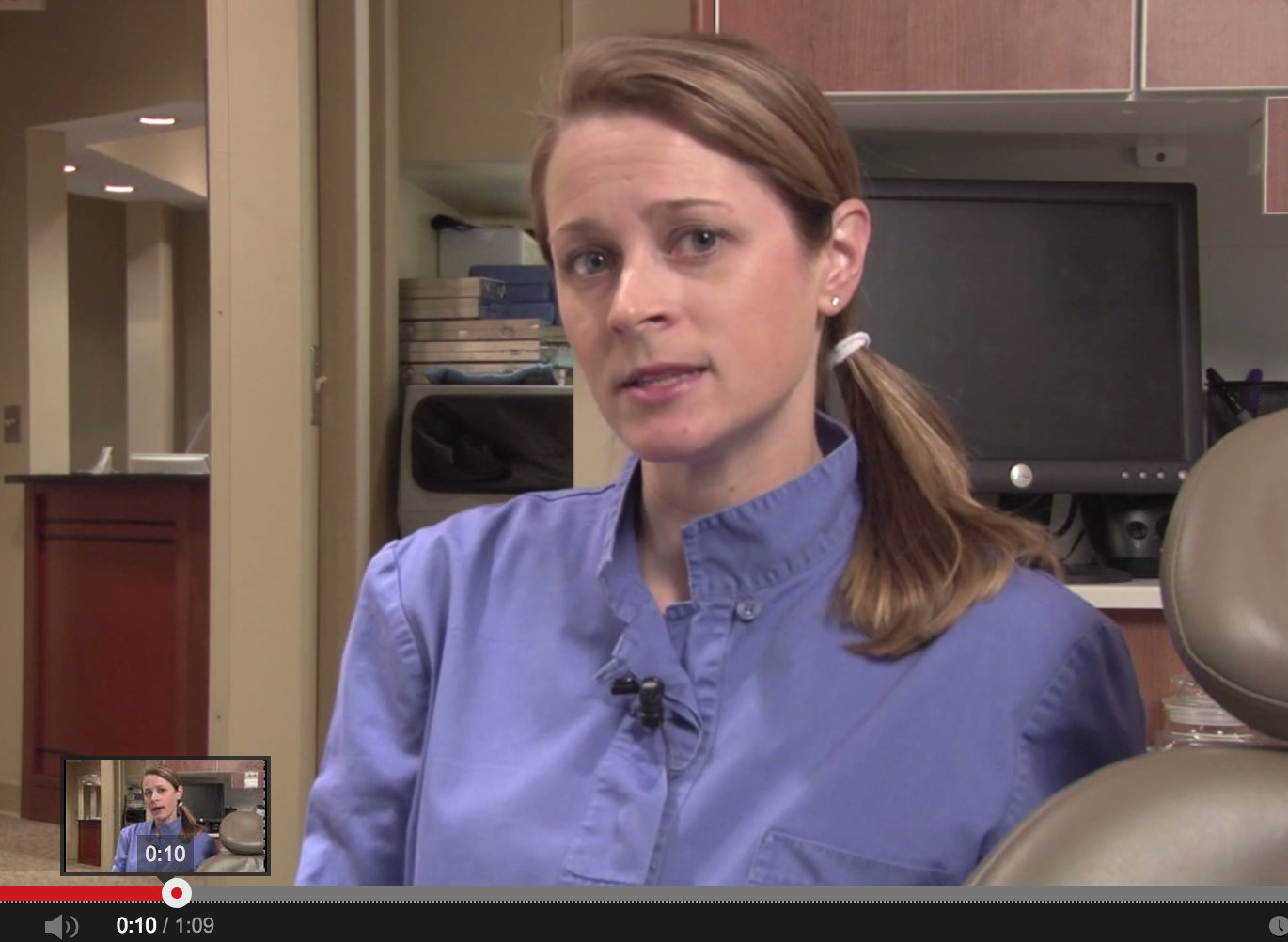How we handle dental bite splint acrylic can literally make – or break – the final product. A lab processed acrylic is made strongest in a pressure pot using heat and pressure. That said, even with the strongest materials available, incorrect handling of the acrylic while it is in the wet phase can incorporated unwanted…
Read MoreSplint Communication From Physical Therapist to Dentist As a dentist who learned to modify splints from my physical therapist colleague, I hope these suggestions will pave the way to a smooth working relationship. 1. Lead with what you need. Once you have diagnosed your patient to need an oral appliance to control her body, be direct and make that…
Read MoreI started having issues with my vision—being bothered by light and glare and just not seeing as clearly and I knew it was time for a new prescription. I went for an eye exam and my eye doctor was surprised I even wore glasses. He said my prescription was way too strong and gave me…
Read MoreFitting a bite splint to achieve its original design requires attention to how the splint fits over the teeth it engages – as well as the opposing row of teeth. This installation shows some postural concepts in positioning the patient within the dental chair to optimally improve the cranio-cervical relationship prior to adapting the maxillary-mandibular…
Read MoreSince 2002 I have engrossed myself in higher learning at the Pankey Institute for Advanced Dental Education, and since 2004 have served in a Facilitator-In-Training and later, Visiting Faculty to Pankey Institute role for other dentists. As an Atlanta Dentist, I was well supported in my learning, as there are many dentists here who not…
Read MoreIn order for a bite splint to function as it should, it needs to be comfortable to the patient, strong enough to withstand a heavy bite, and have the correct occlusal pattern to fit that particular patient’s objectives. Feel free to view this PDF file to learn about the technique I’ve used with success –…
Read MoreMy learning journey with bite splint therapy started in 2002 when I took the second level course at the Pankey Institute. . . this is a class that really tied some concepts together for me and gave me both a rationale and a method for helping patients with occlusal trauma (bite and/or TMJ jaw joint…
Read MoreIn this brief video, here an explanation of how a bite splint can be used therapeutically. Whether someone has had a recent trauma like whiplash, or a chronic condition like arthritis, a dental bite splint between the teeth can support and stabilize both the jaw joints and the neck.
Read More
